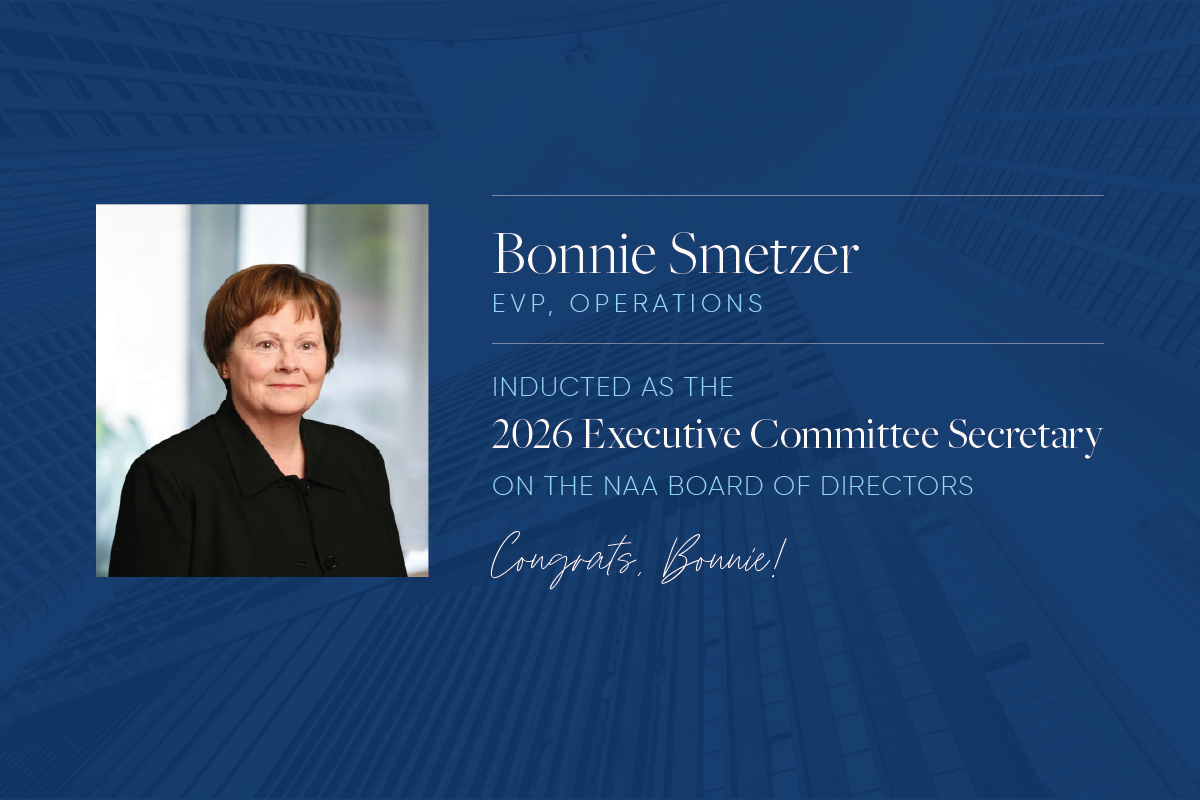Like millions of other sports fans lamenting the lack of sports coverage in the age of COVID-19, I have eagerly tuned in each Sunday to The Last Dance, the ESPN documentary depicting the storied run of Michael Jordan and the Chicago Bulls to their sixth, and final, championship.
Each week, the ensuing debates were nearly as entertaining as the series itself: Was MJ too hard on his teammates? Does The Last Dance solidify Michael Jordan’s GOAT status once and for all?
I think these are valid questions, and because the documentary’s lens is rightfully trained on Jordan, the Bulls’ fearless leader, I think it’s natural to consider his story and experience first. What was it like for MJ to be the face and the voice and the heart of this team? How did his approach to the game impact the others in his orbit?
Personally, however, what struck me most while watching the documentary was not Jordan’s dominance—though he was absolutely incredible. Most remarkable from my vantage, as the CEO of Asset Living, a third-party property management firm, was the composition of the Bulls team as a whole.
In every discussion of effective leadership, there is significant attention paid to team building: How to recruit, how to retain. And within that discussion is, of course, the topic of diversity. Leadership experts have been touting its importance for years, noting that a team comprised of members from different backgrounds and with different experiences makes for a well-rounded group that is more effective in conquering outside challenges.
Well, if you’ve ever been on the fence about diversity, or are unsure of its benefits, The Last Dance is a masterclass in its effectiveness.
Considering the members of the final championship team—Jordan, Pippen, Rodman, and even coach Phil Jackson—it’s hard to imagine a more diverse group of people. Jordan was the type-A workaholic, Pippen the reserved role player, Rodman the hard-partying bad boy, Jackson the zen master who kept them all in line. Not only did they get along; they formed one of the most impressive dynasties in pro-sports history.
This was not by chance, of course. Flaws aside, Bulls General Manager Jerry Krause understood the importance of fit, of assembling not just the best talent, but the best team. Michael Jordan is incredible, sure, but a team with five Michael Jordans would be a disaster. He needed Pippen (as was clearly evidenced by the rocky start to that 97-98 season, when Pippen was out with his foot injury) as well as the rest of the team, in order to reach the basketball’s pinnacle again and again.
***
As business leaders across America scramble to build strong teams, I can attest to the value of having a team that boasts diversity in background and experience. At Asset Living, we don’t judge our diversity solely on ethnicity (we are about 50/50 white vs. non-white) or even gender (we currently have slightly more females than males in our company, accurately reflecting the statistics of the US as a whole). We also have team members from across age level (our youngest employee is 19; our oldest is in their mid-70s) as well as geographic location.
Even the ways people come into our company can differ, and they impact diversity, too. Some people grew up in the company and started with us as resident assistants in college, while others left competing companies to join or Asset, or were brought on in the midst of an acquisition. In those cases, they bring the skill sets and the experiences gathered from other companies, and we’re able to leverage them to make our own company better.
How much better has having these variable voices made our company? It’s hard to quantify, honestly, but I will say this: Being successful in business over a sustained period of time is all about being able to solve problems effectively, and the best way to solve problems is to build an organization of people who can see what you can’t, who can bring different ideas to conversations that you may not have considered on your own.
We’ve had continuous growth for the last decade, and I believe that we’ve gotten better and better at solving problems, both internal and external, along the way. There are many factors that contribute to these wins, but I know a large part of our success can definitely be attributed to the people within our company—not just because they are different, but because we honor those differences.
One of my favorite parts of The Last Dance was the recounting of the 48-hour Las Vegas vacation that Dennis Rodman was allowed to take during the 97-98 season. I wasn’t impressed by the debauchery that ensued; rather, I was fascinated by the fact that Phil Jackson allowed the trip in the first place.
On its surface, the decision to let Rodman run off to Vegas in the middle of a championship run is antithetical to everything we think we know about diligence and work ethic. But upon closer look, this decision illuminates the genius that had made Jackson one of the winningest coaches in NBA history.
Jackson didn’t simply revel in the wins amasses by his roster of contrasting personalities. He gave his players the space to be themselves.
After all, bringing different backgrounds and perspectives onto any team—whether in corporate America, the NBA, or anywhere else—is completely and utterly useless if you don’t create a safe environment for them to exist and be shared.




